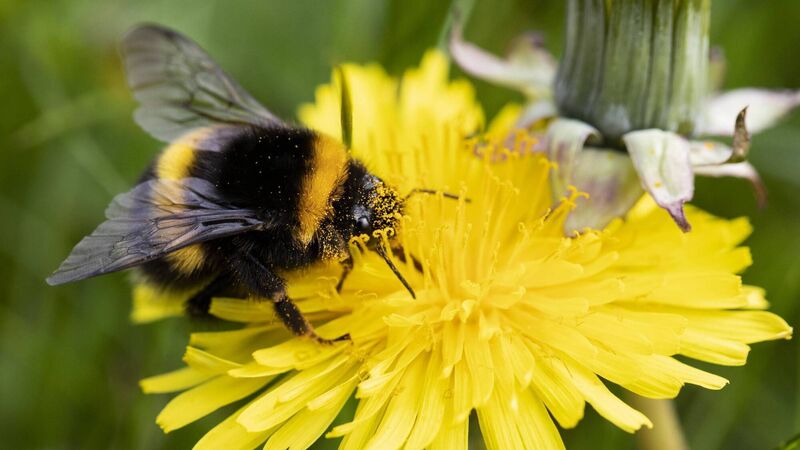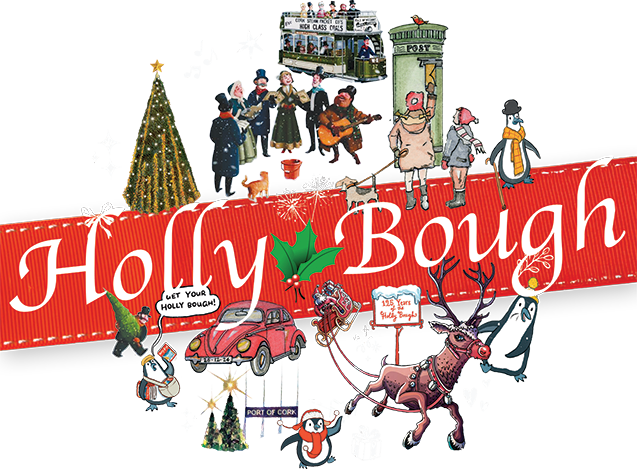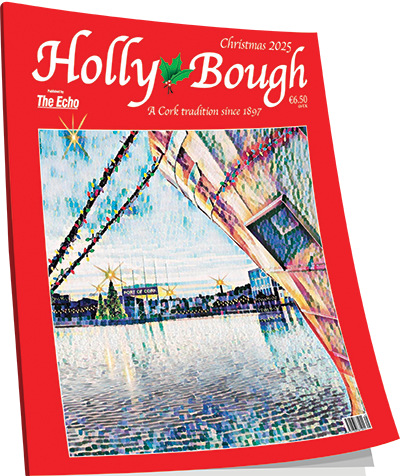Why I will be embracing ‘No Mow May’

Engage in ’No Mow May’ to ensure our bees have enough blossoms to survive and thrive, says Carmel Wright.
Add to this daily challenge a long and uncertain commute between shops, and you are only beginning to get a feel for the life of bees.
Bees, among other less glamorous insects like moths and hoverflies, play an invaluable role in pollinating crops. Frankly, if they formed a union, we’d owe them billions and then some.
The National Biodiversity Data Centre reports that a third of our wild bees are threatened with extinction, mainly because of hunger – there isn’t enough food to support them in our landscape, or lawnscape, if you will. Because our pristine, weed-free lawns are a barren wasteland for our pollinators searching for sustenance.
Over time, using one’s property to showcase lavishness, rather than growing food, became a status symbol that only the truly rich could afford until, finally, it became a societal norm, especially in suburban and rural areas. At its core, a lawn celebrates man’s ability to control nature, cultivating a monoculture of uniformity and compliance.
But does this monoculture have any place in our gardens today? As we see the confluence of climate change and the biodiversity crisis take its grip, it is far too easy to point the finger at the government and local councils, but what about us?
Many reading this paper will have a patch to call their own. In fact, in the urban Cork landscape, Cork City Council only has authority over 17%. That’s a lot of land that individuals have the power to manage in a way that can help bolster dwindling biodiversity habitats.
And let’s not leave the rural cohort out. While we have fields upon fields that surround us in ‘the sticks’, these are being used to feed us all through a predominantly monoculture approach and have little to offer by way of wildflowers.
But breaking societal norms feels against the grain for many. Generations have mown the lawn once a fortnight or even a week to maintain a pristine sweep of one-dimensional green space, and one of the barriers to change that exists is the fear of ‘what would the neighbours think?’
Like most sustainability changes, it does not have to be an all-or-nothing approach. Change should happen at a pace that suits you. If it sits more comfortably, start by adding a few more days between mows. Perhaps create one section or margins that will embrace wilderness in your lawn, and, for those with concerns over how they are perceived, I have seen some wonderful signs you can buy at farmers’ markets that say, “Pardon the Weeds, We are Feeding the Bees”.
It’s a fun and informative way of making others aware that your garden management choices are a deliberate act and, with a bit of luck, it may even start a trend around your neighbourhood.
Reducing mowing allows native wildflowers like Dandelions, Clover, and Birds-foot Trefoil to naturally return. Over time, they will re-emerge, one pocket at a time, and you can take pride in watching this unfold and playing a part in helping biodiversity thrive.
Let’s not forget the added benefits that come with letting the rich tapestry of wildflowers embellish our lawn. Children can come to learn the names of what pops up in your garden, instilling an appreciation for our native plants.
Do you remember the hours of fun to be had making daisy chains, blowing dandelion clocks to tell the time, and scaring siblings with the insects we found in the garden?
For those who do not have a garden, a windowbox can offer pollinators a lifeline until they find their next flower patch. Bidens and bacopa are excellent bedding plants for window boxes, and herbs such as thyme and rosemary provide food for you and pollinators.
Environmentalists talk a lot about shifting baselines. Back in my day (the Jurrasic period, according to my kids, but really just a few short years ago, in the ’80s), there was always a hum of bees in the garden during the summer and the slight of many a bee at work. Things seem quieter these days; nature’s backing track has fewer musicians to embellish the sensory experience of being outdoors.
To capture these shifting baselines, Ireland’s Citizen Science portal, the National Biodiversity Data Centre, is always looking for volunteers to capture information about what is buzzing around. A Flower-Insect Timed Count is a way of building the information set around these shifting baselines and contributes to our national understanding. It’s also a great way to keep older kids busy during the summer.
If we can get influencers to make #WildLawns/#NoMowMay a social media trend for the foreseeable future, the masses may follow suit. After all, aren’t influencers the equivalent of the modern-day version of medieval European royalty?
Like many things entrenched in our culture for generations, shifting the mindset from ‘This is how we have always done it’ to ‘It is time to change’ is a journey, but we can ensure our bees have enough blossoms to survive and thrive.
- 1. Don’t mow, let it grow!
- 2. Manage native hedgerows for biodiversity
- 3. Plant pollinator-friendly trees
- 4. Avoid using insecticides, fungicides, and herbicides
- 5. Create nesting habitats for pollinators
- 6. Choose nectar and pollen-rich plants for your garden
- 7. Think twice about getting a hive of honeybees
- 8. Be careful with wildflower seed mixes
- 9. Don’t install a large bee or insect hotel
- 10. Spread the word







 App?
App?







